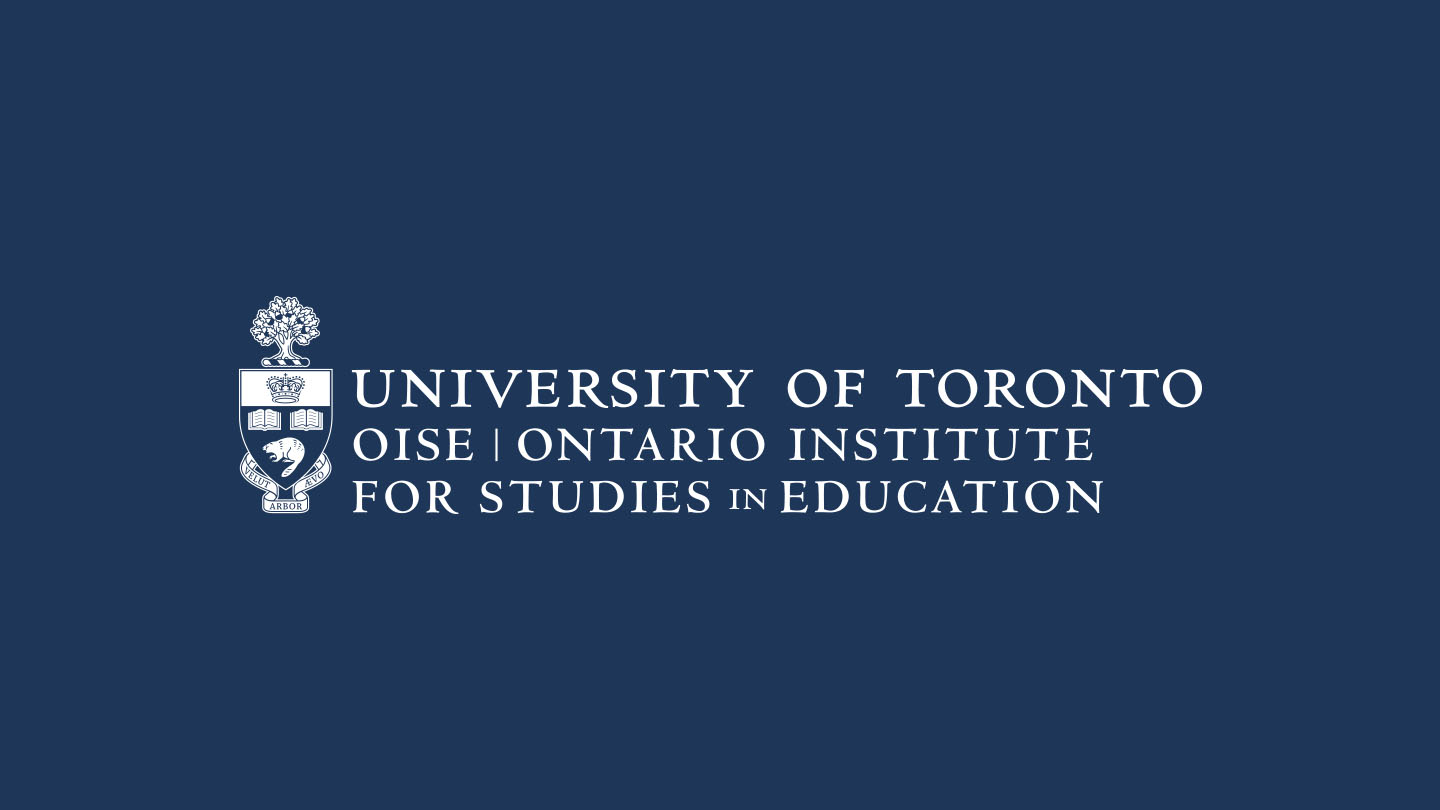Professor Anna Katyn Chmielewski and Dr. Sachin Maharaj discuss trends in socio-economic segregation among Canadian schools

On January 21, Professor Anna Katyn Chmielewski and Dr. Sachin Maharaj shared their emerging research on trends in Socio-economic Segregation between schools in Canada. The talk, attended by over 100 OISE community members, was part of the “Focus on Research” series featuring new research methods and ground-breaking research undertaken by OISE researchers.
Across Canada, students from high income families tend to attend different schools than students from low income families, a phenomenon the authors refer to as socio-economic segregation between schools.
“A high degree of socio-economic segregation raises concerns about equity and inclusion, unequal access to resources, and social cohesion,” Chmielewski said. “There is growing concern about school segregation in many provinces, despite large inter-provincial differences in policies around private schools, optional attendance and specialized programs, as well as contextual factors like neighbourhood economic segregation. It is important to understand how these provincial differences might affect school segregation.” To date, there are no studies detailing differences among provinces in terms of socio-economic segregation among schools. Chmielewski and Maharaj are addressing this gap through their analysis of data from the OECD’s Programme for International Student Assessment (PISA)—a standardized global assessment of 15-year-olds’ reading, math, and science knowledge and skills—between 2000 and 2018.
In addition to investigating how provincial policies and contexts are related to levels of segregation, Chmielewski and Maharaj use two other methods to explore the drivers of segregation. First, they examine the degree of segregation among different types of schools (public/private) and communities (urban/suburban/rural). Finally, they consider whether changes in provincial segregation levels are associated with changes in policy and social contexts.
In accounting for differences among geographical regions, Maharaj explained “what drives segregation is different in different provinces and communities. For example, in Newfoundland and Labrador, the rural/urban divide is a major factor. In Quebec, the division between public and private schools is more prominent in determining the degree of socio-economic segregation.”
The presentation addressed both trends in school socio-economic segregation and the challenges of working with large data sets. “In providing a glimpse into how Chmielewski and Maharaj are systematically and carefully unpacking a complex phenomenon with a large dataset, they sparked interest and raised new questions for researchers working in diverse areas,” said Michele Peterson-Badali, Associate Dean, Research, International and Innovation. Chmielewski and Maharaj lay the groundwork for understanding the factors leading to socio-economic segregation among schools and the potential impact of school policies that aim to redress unequal access to resources.
About
Professor Anna Katyn Chmielewski is Associate Professor of Educational Leadership & Policy in OISE’s Department of Leadership, Higher & Adult Education. Sachin Maharaj is a sessional lecturer in educational leadership and policy at OISE. Their research is funded by the Social Sciences and Humanities Council of Canada and the University of Toronto’s Research Initiative on Education and Skills (RIES), which is funded in turn by Employment and Social Development Canada (ESDC).